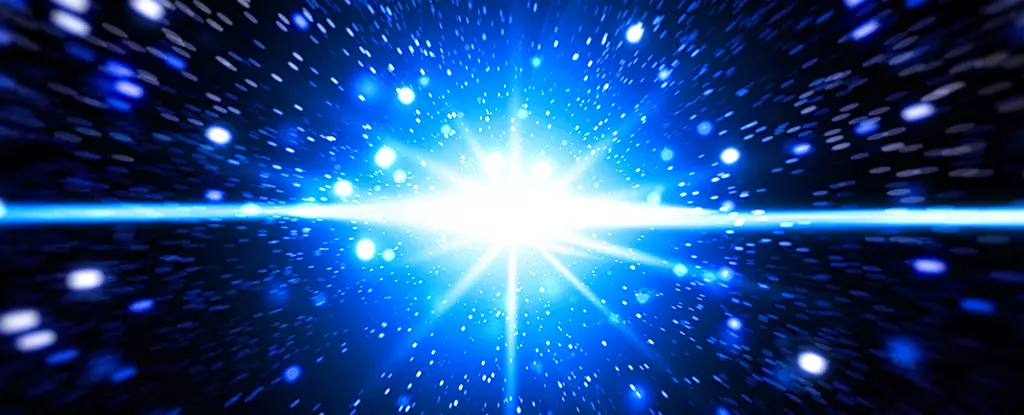Fast radio bursts (FRBs) present one of the most perplexing phenomena in contemporary astrophysics. These brief and intense bursts of radio emissions, lasting mere milliseconds, originate from regions beyond our Milky Way and have sparked intense investigative efforts among scientists. Despite the fundamental understanding that FRBs are likely linked to magnetars—highly magnetic neutron stars—many questions remain unanswered. Understanding the characteristics and origins of these events not only enhances our knowledge of the cosmos but also challenges current astrophysical paradigms.
The majority of FRBs observed so far have been traced back to sources outside our galaxy. They seem to distort our grasp of cosmic evolution because they are powerful yet fleeting events. Interestingly, a subset of these bursts has shown the ability to repeat, indicating a different mechanism behind their generation than that of more destructive cosmic events like supernovae. This has led scientists to postulate various theories attempting to decode the nature of FRBs and their enigmatic origins.
A remarkable advancement in this field emerged from the observation of a particular repeating FRB, which provided an unprecedented opportunity to scrutinize its characteristics and source location. Detected 21 times over a span of months, this FRB enabled researchers to conduct a coordinated observational campaign from different locations. When they examined the burst closely, they identified that it stemmed from a galaxy that predates our own by over 11 billion years, residing at the cosmic frontier of star formation epochs. This revelation is both astonishing and puzzling, as it suggests that a neutron star responsible for the FRB was born during the universe’s early turbulent phases.
Traditionally, the prevailing narrative surrounding FRBs positioned them as the manifestations of young magnetars, freshly formed from supernovae, which were capable of generating the vast magnetic fields necessary for the enormous energy releases observed. However, the revelation that one such FRB emanated from an ancient galaxy suggests that these energetic phenomena could also be produced by older neutron stars. This dramatically alters the understanding of stellar evolution and the lifecycle of neutron stars. As neutron stars age, they cool and gradually shift towards inactivity, leading many to assume they would cease generating energetic emissions like FRBs.
The implications of this observation may open up avenues for understanding the complex nature of star clusters and the events occurring within them. One hypothesis that emerged is the potential for fraternal interactions between neutron stars within dense star clusters. In these environments, mergers of star systems could yield the conditions necessary for bursts of radio emissions. For example, if magnetars are gravitationally bound and aligned, their magnetic fields may undergo realignment during these mergers, leading to energetic bursts observable as FRBs.
The determination of whether FRBs can indeed arise from these older stellar remnants necessitates further observational campaigns. As our telescopes and observational techniques continue to improve, scientists are poised to gather more data on these bursts and their origins. Future observations must strive to clarify the nature of the dense environments where these FRBs originate. The growing evidence pointing to a diversity in the sources and mechanics underlying FRBs has broad implications for the models that describe stellar evolution, pulsar activity, and the dynamics within galaxies.
The recent findings regarding fast radio bursts challenge long-held assumptions in astrophysics. The observations suggest we may need to rethink our understanding of stellar life cycles, galactic structures, and the origins of cosmic phenomena. By delving deeper into the nature of these enigmatic bursts, researchers may slowly unveil more secrets hidden within the fabric of our universe, expanding our knowledge of celestial phenomena normally viewed as isolated indicators of cosmic events. The ongoing journey into the realm of FRBs enhances not only our comprehension of individual events but also the evolution of the cosmos itself.


Leave a Reply